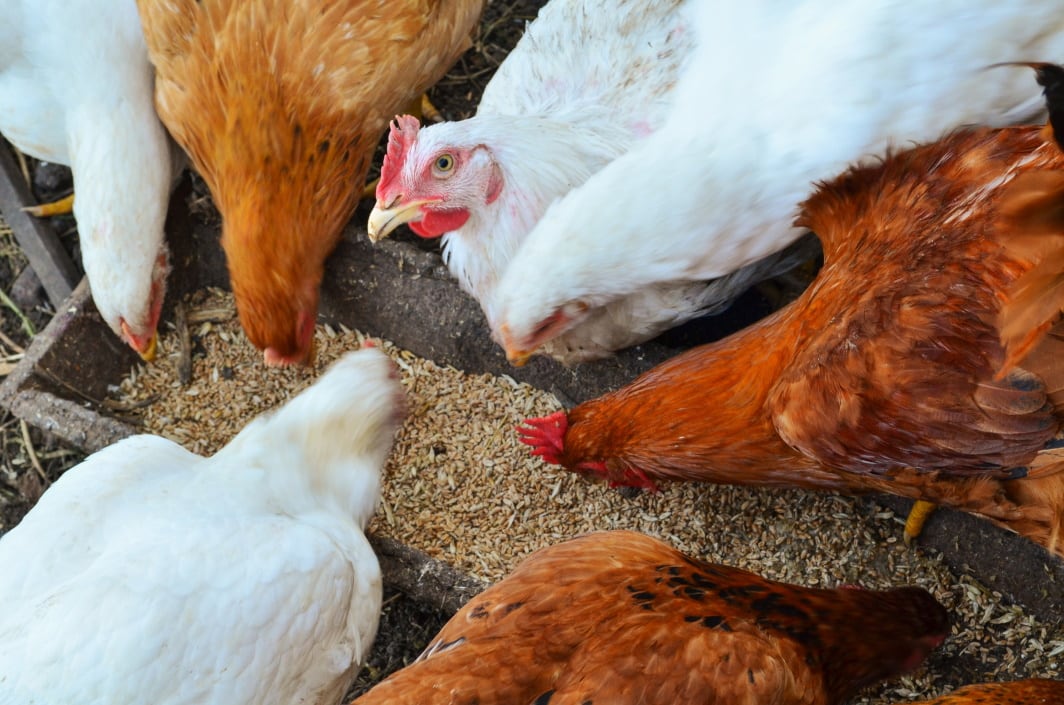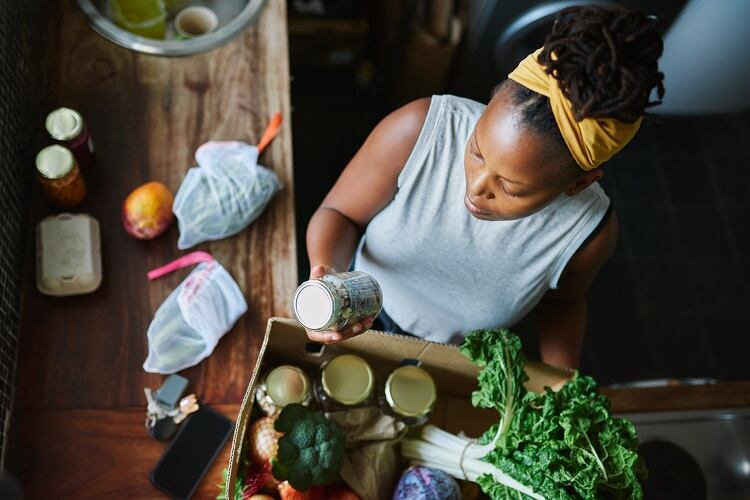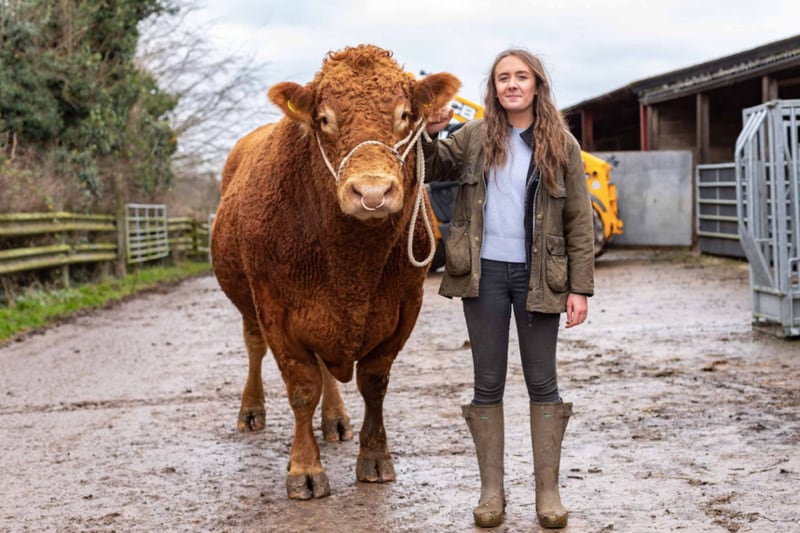The current legal framework on animal welfare includes one directive on the protection of animals kept for farming purposes, four directives laying down minimum standards for the protection of laying hens, broilers, pigs and calves, one regulation regarding animal transport and one directive regarding animal welfare at the time of slaughter.
However, as society becomes increasingly concerned about animal welfare, these rules are being described as inadequate and not offering sufficient protections.
In September 2018, the launch of the European Citizens’ Initiative (ECI) “End the Cage Age” spurred the European Union into concrete action.
The ECI, which called for legislation prohibiting the use of cages for a large variety of animal species, met the required threshold for validation with more than 1.6 million signatures and was therefore presented to the European Commission.
As part of the Farm to Fork Strategy presented on 20 May 2020, the Commission announced that existing animal welfare legislation would be fully revised by 2023. The new legislation aims to ensure a higher level of protection, be broader in scope, easier to enforce and aligned with the latest scientific evidence. The Commission also committed to proposing to phase out, and eventually prohibit, the use of cages for all the animal species and categories referred to in the ECI.
Concurrently with the announcement, the Commission launched of a fitness check of the current legislation on the welfare of farmed animals, with results being used to review existing rules and frame future initiatives. At the same time, the Commission asked the EFSA for several scientific opinions, which should be available in the course of 2022 or beginning of 2023.
As part of the proposed initiative, the Commission intends to revise the rules on the transport of animals and animal welfare at farm level, including slaughter. The Commission also suggests assessing the impact of a European regulatory framework with criteria for an animal welfare labelling scheme, as there is currently no European legislation on animal welfare claims or labelling. The revision will cover animals bred and kept for farming purposes, including cats and dogs but excluding wild animals, invertebrate animals or experimental or laboratory animals, except for rules concerning their welfare during transport.
The Commission’s proposal is generally supported by the European Parliament and the European Council and subject to close interest from interested parties.
In October 2021, members of the European Parliament (MEPs) adopted an initiative report on the Farm to Fork Strategy, approving an Environment and Agriculture Committee (AGRI) report with provisions on the welfare and conservation of animals. In December 2021, the Council approved conclusions for an EU-wide animal welfare label.
The Commission’s public consultation on the revision of EU animal welfare rule, which closed on 21 January 2022, has received just under 60,000 responses.
Last month, MEPs also adopted recommendations for better animal protection rules during transportation calling, among others, for transport journeys not to exceed eight hours and for Member States to create fast lanes for animal transport at borders within the EU to reduce journey times. Interestingly, MEPs also suggested that the Commission appoint an EU Commissioner for animal welfare and a dedicated Directorate-General 'in order to reflect the importance of this issue for European citizens and ensure that it is granted sufficient political attention'.
But while this agenda is far-reaching in its scope, implementation is always key to translating policy vision into action. It remains to be seen whether the results will match these ambitions.




